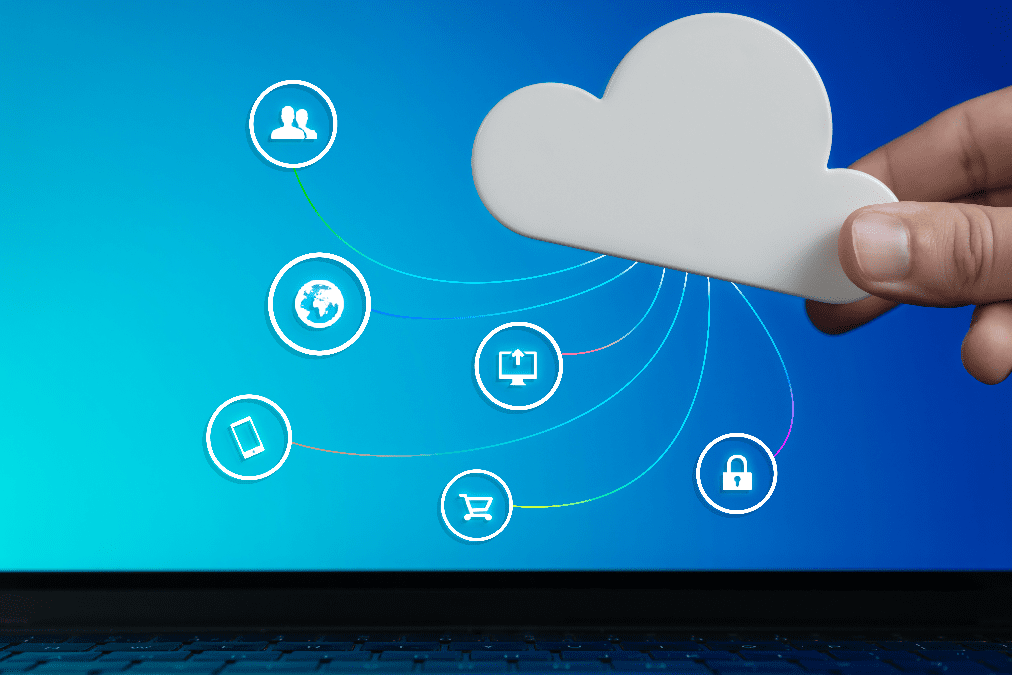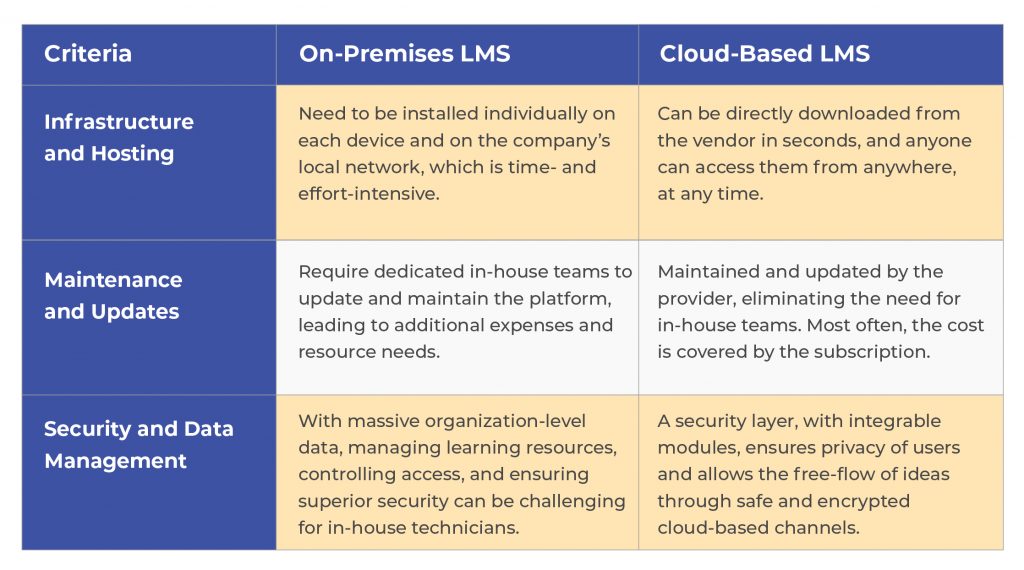From the inception of basic digital learning environments to the intricate cloud-based platforms of today, Learning Management Systems (LMS) have experienced a significant evolution. In this rapidly advancing digital age, the real key to unlocking the future of education lies in leveraging the full capabilities of these systems. Research shows that 67% of LMS users prefer platforms that offer comprehensive functionalities, while 66% choose an LMS based on customer and technical support.

Image Source: Research.com
In this blog, we will delve deep into the amazing features you should get your hands on to make the most of the learning experience
The Power of Gamification
Gamification is not just a buzzword. It’s a transformative approach that uses game design elements in non-gaming contexts. In learning, gamification plays a crucial role. By turning learning into an interactive experience, it significantly enhances engagement and improves knowledge retention. Studies reveal that gamification can improve students’ performance by 89.45%, as compared to lecture-based learning, while increasing engagement by 65% and memory by 40%.
Today’s learners, especially the digital natives, resonate better with content that is interactive, challenging, and rewarding.
Social-Peer Learning: The Collaborative Edge
Humans, by nature, thrive on interaction. Effective learning is no different. Social-peer learning leverages this inherent human trait by fostering interactions between learners. A cutting-edge cloud-based LMS integrates features that promote peer interactions, facilitate discussions, and create a collaborative learning environment. This not only enriches the learning experience but also paves the way for diverse perspectives and interpretations.
Studies have proven that collaborative and peer learning can yield multiple benefits for both educators and learners, such as:
- Improving team spirit
- Leading to more supportive relationships
- Enhancing psychological well-being
- Increasing Social competence
- Improving communication skills and self-esteem
- Leading to greater productivity and enhanced learning outcomes.
Intuitive Chat Interfaces: Making Communication Effortless
In a world that thrives on instant gratification, real-time communication is paramount. An intuitive chat interface in an LMS bridges the communication gap between learners and instructors. Whether it’s a query, feedback, or general discussion, chat interfaces ensure that communication is spontaneous and effective, fostering a dynamic learning environment and enhancing learner engagement.
Real-time Course Authoring, Editing, and Proofing
A learning journey is not static; it evolves as learners progress. Hence, the need for courses to be dynamic is imperative. With real-time course authoring features, instructors can make on-the-spot adjustments, ensuring content remains relevant and timely. This adaptability offered by SaaS learning management systems empowers course creators to respond proactively to the dynamic needs of learners.
Seamless Access and Collaboration: Breaking Boundaries
The cloud has erased geographical boundaries. With a cloud-based LMS, learners can access content anytime, anywhere. Whether they’re on a train, in a cafe, or in their living room, learning continues uninterrupted. Additionally, real-time collaboration features ensure that learners and instructors can work together, share insights, and create a cohesive learning community.
The rising adoption of cloud-based LMSs for education can also be attributed to the benefits they offer over on-premises platforms, such as cost-effectiveness, flexibility, and scalability.
Built-in Assessment Generation: Measuring Learner Progress
To ascertain the effectiveness of any learning module, timely assessments are crucial. A modern LMS doesn’t just stop at delivering content; it also provides built-in tools for creating diverse and comprehensive tests. These tools enable educators to gauge learner progress, identify areas of improvement, and tailor their teaching strategies accordingly.
Conclusion
The future of learning is digital, and the LMS is its cornerstone. To truly reap the benefits of digital learning, educators and organizations must not only adopt an LMS but also fully utilize its myriad features. From gamification to real-time course authoring, every feature is a step towards creating a more engaging, dynamic, and effective learning environment. As the landscape of education continues to evolve, it’s imperative for stakeholders to stay updated with the latest LMS trends and capabilities, ensuring that the promise of digital learning is fully realized.




